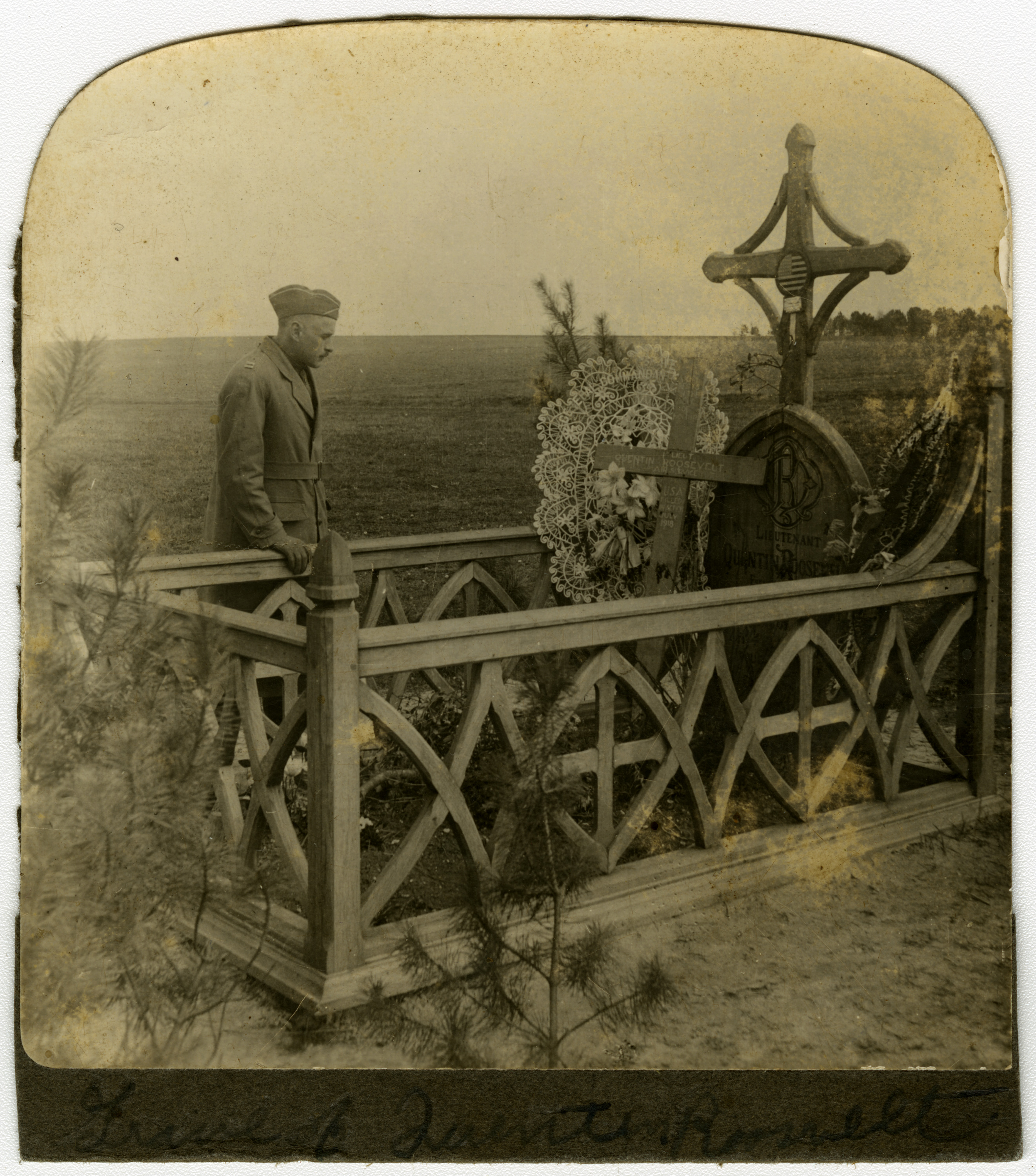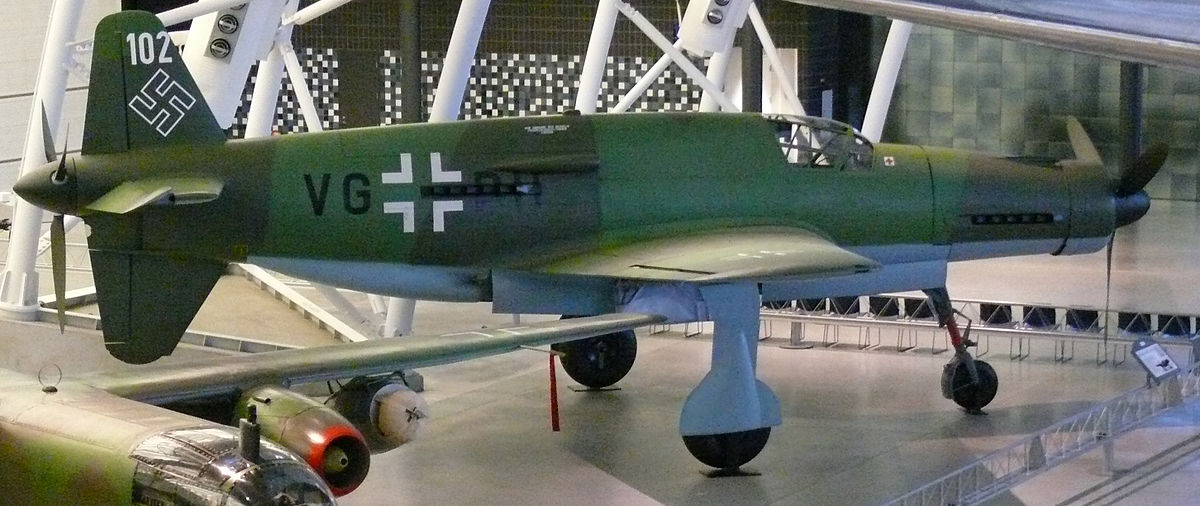5fish
Well-Known Member
- Joined
- Jul 28, 2019
- Messages
- 10,700
- Reaction score
- 4,554
I learn that the first recorded aerial combat happen along the Mexican-American border between two guys with hand guns and the first one in war was over France. Thed article goes over the first combat duels and one of the Frenchman lived into the late 1970...
/https%3A%2F%2Ftf-cmsv2-smithsonianmag-media.s3.amazonaws.com%2Ffiler%2Fa0%2F79%2Fa079d4fd-012d-4e55-be10-6919ca0eb480%2Ffrantz_and_quenault.jpg)
Aviation historian Harry Woodman considered a 1913 incident from the Mexican Revolution to be the “first aerial duel in history between two airplanes.” American pilots Phil Rader and Dean Ivan Lamb, who were on opposite sides of the conflict, fired revolvers at each other while airborne. Neither one got hit.
The first aerial battles of World War I were variations on that same theme. French aviation historian David Méchin ticks off a list of “firsts” that all happened within a few weeks of each other in 1914. On August 25, Roland Garros and Lt. de Bernis became the first flyers to damage an enemy aircraft. Flying a Morane Parasol, they shot at a German airplane, which escaped in a dive, although one of the two men onboard was wounded. On September 7, Russian Pyotr Nesterov was the first pilot to destroy an enemy airplane, but he did it by ramming his Morane into an Austrian Albatros. Both air crews died as a result.
Then, on October 5—100 years ago tomorrow—French pilot Sgt. Joseph Frantz and his mechanic/gunner, Louis Quénault, shot down a German biplane near Reims to record what is considered the first official aerial combat victory.
/https%3A%2F%2Ftf-cmsv2-smithsonianmag-media.s3.amazonaws.com%2Ffiler%2Fa0%2F79%2Fa079d4fd-012d-4e55-be10-6919ca0eb480%2Ffrantz_and_quenault.jpg)
Aviation historian Harry Woodman considered a 1913 incident from the Mexican Revolution to be the “first aerial duel in history between two airplanes.” American pilots Phil Rader and Dean Ivan Lamb, who were on opposite sides of the conflict, fired revolvers at each other while airborne. Neither one got hit.
The first aerial battles of World War I were variations on that same theme. French aviation historian David Méchin ticks off a list of “firsts” that all happened within a few weeks of each other in 1914. On August 25, Roland Garros and Lt. de Bernis became the first flyers to damage an enemy aircraft. Flying a Morane Parasol, they shot at a German airplane, which escaped in a dive, although one of the two men onboard was wounded. On September 7, Russian Pyotr Nesterov was the first pilot to destroy an enemy airplane, but he did it by ramming his Morane into an Austrian Albatros. Both air crews died as a result.
Then, on October 5—100 years ago tomorrow—French pilot Sgt. Joseph Frantz and his mechanic/gunner, Louis Quénault, shot down a German biplane near Reims to record what is considered the first official aerial combat victory.






